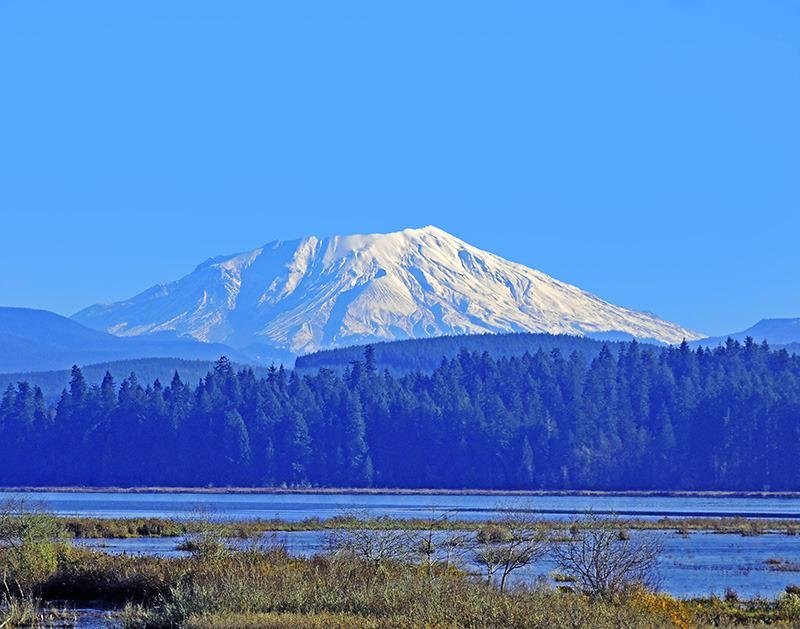
How Can I Explore Mount St. Helens From Vancouver Washington
Table of Contents
ToggleHow Can I Explore Mount St. Helens From Vancouver Washington
Are you wondering how you can explore Mount St. Helens from Vancouver, Washington? In this article, we will discuss the different options available to you for experiencing this stunning natural wonder. Whether you prefer hiking trails, scenic drives, or helicopter tours, we’ll explore the best ways to make the most of your visit to Mount St. Helens. By the end of this article, you’ll have a clear idea of how to plan your adventure and create lasting memories at this majestic volcano.
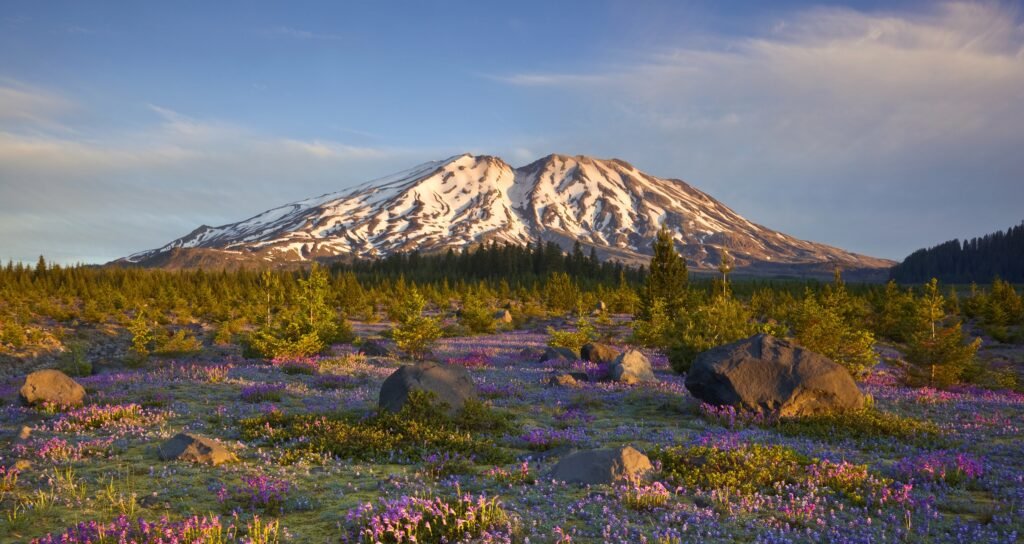
This image is property of res.cloudinary.com.
Getting to Mount St. Helens
Mount St. Helens, located in Washington State, is a popular destination for nature enthusiasts and adventure seekers. If you’re in Vancouver, Washington, you’re in luck because Mount St. Helens is just a short drive away. Whether you prefer driving or taking public transportation, there are several options available to help you reach this iconic volcano.
Driving to Mount St. Helens
If you have access to a car, driving to Mount St. Helens is a convenient and flexible option. From Vancouver, Washington, you can reach the volcano by taking I-5 South. The drive takes approximately two hours, depending on traffic conditions.
As you head south on I-5, you’ll encounter signs directing you to the Mount St. Helens Visitor Center at Silver Lake. This is a great place to start your journey as it provides valuable information about the volcano’s history, geology, and eruption in 1980. Admission to the visitor center is free, and it is open year-round.
After visiting the Silver Lake Visitor Center, you can continue driving east on State Route 504, also known as the Spirit Lake Memorial Highway. This scenic highway will take you through the heart of the blast zone, offering breathtaking views of the volcano and its surrounding landscape.
Taking public transportation to Mount St. Helens
For those who prefer to leave the driving to someone else, public transportation options are available to reach Mount St. Helens from Vancouver, Washington. The C-Tran Route 164 bus operates on weekends and holidays, taking passengers from Vancouver to the Mount St. Helens Visitor Center at Silver Lake. The bus ride takes approximately two hours and provides a convenient and affordable way to explore the area.
Exploring Mount St. Helens Visitor Centers
Once you arrive at Mount St. Helens, there are two main visitor centers you should consider visiting to enhance your understanding and appreciation of this natural wonder.
Learning at the Mount St. Helens Visitor Center
The Mount St. Helens Visitor Center at Silver Lake is an excellent place to start your exploration. Here, you can learn about the volcano’s eruption in 1980 and its impact on the surrounding landscape and communities. The visitor center features informative exhibits, audiovisual presentations, and interactive displays that provide a comprehensive overview of Mount St. Helens’ history and geology.
Discovering at the Johnston Ridge Observatory
Located just five miles from the crater, the Johnston Ridge Observatory offers visitors a close-up look at the volcanic aftermath. Named after David A. Johnston, a scientist who lost his life during the eruption, the observatory provides panoramic views of the volcano and its surrounding landscape.
At the Johnston Ridge Observatory, you can explore interpretive exhibits that highlight the ongoing research and monitoring efforts taking place at Mount St. Helens. You can also take guided hikes to viewpoints that overlook the blast area and witness firsthand the regrowth and recovery that has occurred since the eruption.
Hiking and Nature Trails
Mount St. Helens offers a variety of hiking and nature trails that cater to all fitness levels and interests. Whether you’re a seasoned hiker or a casual nature enthusiast, there’s a trail for you to enjoy the magnificent scenery and geological wonders that the area has to offer.
Choosing the right trail for your fitness level
Before embarking on a hike, it’s essential to assess your fitness level and choose a trail that suits your abilities. The trails in the Mount St. Helens area range from easy, family-friendly paths to challenging, strenuous hikes. It’s crucial to be realistic about your fitness level and take into consideration any physical limitations you may have.
If you’re a beginner or have limited hiking experience, the Ape Cave Trail is a great option. This 2.2-mile long trail takes you through a lava tube and offers a unique underground hiking experience. The trail is relatively flat and well-maintained, making it accessible to most hikers.
For experienced hikers looking for a challenge, the Boundary Trail is an excellent choice. This rugged and strenuous trail covers approximately 30 miles and takes you through the blast zone, providing an up-close look at the volcanic devastation. It’s important to note that hiking the Boundary Trail requires a permit, which can be obtained through the Mount St. Helens Institute.
Enjoying scenic views on the Ape Cave Trail
If you’re looking for a leisurely hike that offers stunning views of the surrounding landscape, the Ape Cave Trail is perfect for you. As you traverse through the lava tube, you’ll be amazed by the unique geological formations and eerie ambiance of the cave. The trail is well-marked and features interpretive signs along the way, providing information about the lava tube’s formation and its significance.
Experiencing the blast zone on the Boundary Trail
For adventurous hikers seeking a more immersive experience, the Boundary Trail takes you through the heart of the blast zone. As you hike along the trail, you’ll witness firsthand the regrowth and recovery that has occurred since the eruption. It’s important to pack essential hiking gear, including sturdy footwear, extra clothing layers, food, and water, as the trail can be challenging and remote.
Climbing Mount St. Helens
Climbing Mount St. Helens is a popular activity for outdoor enthusiasts and experienced mountaineers. However, due to the volcano’s unique characteristics and potential hazards, climbing it requires careful planning and preparation.
Understanding the permit system
To climb Mount St. Helens, you’ll need to obtain a climbing permit. The volcano’s popularity has led to a permit system that regulates the number of climbers allowed on the mountain each day. Permits are limited and issued through a lottery system, so it’s essential to plan ahead and apply early.
Climbing permits are typically available from April through October, and climbers are divided into two categories: those ascending to the crater rim and those ascending beyond the rim. Aspiring climbers should be aware that reaching the summit requires technical climbing skills and equipment, and a strong physical fitness level.
Preparing for a successful climb
If you’re planning to climb Mount St. Helens, it’s essential to prepare adequately to ensure a safe and successful ascent. This includes physical conditioning, acquiring the necessary climbing gear, and familiarizing yourself with the route and terrain. Mountaineering experience and training are highly recommended to increase your chances of a successful and enjoyable climb.
Safety precautions and tips
When climbing Mount St. Helens, safety should be your top priority. The volcano’s unpredictable nature and potential hazards, such as loose rocks, crevasses, and sudden weather changes, make it essential to take necessary precautions.
Before setting out on your climb, make sure to check the weather forecast, inform others about your plans, and carry appropriate safety equipment, including a map, compass, first aid kit, and extra food and water. It’s also crucial to have a thorough understanding of the route, be aware of your limitations, and not hesitate to turn back if conditions become unsafe.
Wildlife and Nature Sightings

Mount St. Helens and its surrounding wilderness are home to a diverse range of wildlife and unique flora and fauna. Exploring the area provides ample opportunities to spot various animals and appreciate the beauty of its natural surroundings.
Spotting wildlife in the Mount St. Helens area
From herds of elk and deer to soaring eagles and hawks, the Mount St. Helens area is rich in wildlife. Keep your eyes peeled as you explore the forested trails and open meadows, and you may be fortunate enough to catch a glimpse of these majestic creatures in their natural habitat. Remember to observe wildlife from a safe distance and never approach or feed them.
Identifying unique flora and fauna
In addition to wildlife, Mount St. Helens is home to a diverse array of plant life, thanks to its unique post-eruption environment. The blast zone and surrounding areas have become a laboratory for scientists studying plant succession, and visitors have the opportunity to observe the regrowth and recovery firsthand. Keep an eye out for wildflowers, including lupines, paintbrushes, and Indian paintbrushes, which dot the landscape with vibrant colors during the summer months.
Photography Opportunities
Mount St. Helens offers breathtaking scenery and unique geological features, making it a paradise for photographers. Whether you’re a professional or an amateur photographer, there are several opportunities to capture stunning images of this iconic volcano.
Capturing the stunning beauty of Mount St. Helens
To capture the stunning beauty of Mount St. Helens, it’s important to plan your photography excursion in advance. Research the best vantage points and viewpoints that offer unobstructed views of the volcano. Additionally, consider the time of day and weather conditions, as they can greatly impact the lighting and mood of your photographs.
Composition tips for photographing the landscape
When photographing the landscape at Mount St. Helens, consider using leading lines, such as hiking trails or rivers, to draw the viewer’s eye into the frame. Incorporate elements of the surrounding flora and fauna to add depth and interest to your images. Experiment with different perspectives, compositions, and focal lengths to capture unique and compelling photographs that tell the story of Mount St. Helens.
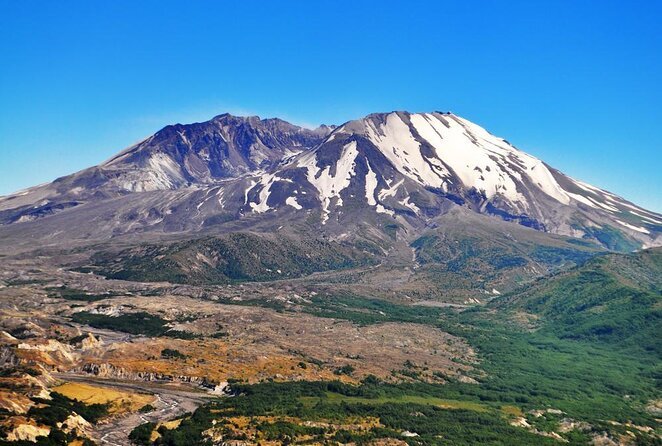
This image is property of media.tacdn.com.
Outdoor Recreation
Mount St. Helens not only offers breathtaking vistas and stunning geological features but also a range of outdoor recreational activities to suit all interests. Whether you’re looking to camp, fish, or engage in water sports, there’s something for everyone to enjoy in the vicinity of the volcano.
Camping near Mount St. Helens
For those who want to immerse themselves in the natural beauty of Mount St. Helens, camping is a fantastic option. Several campgrounds are available in the area, offering a range of amenities and facilities. From tent camping to RV sites, you can find a camping experience that suits your preferences.
Camping near Mount St. Helens provides the opportunity to stargaze, enjoy peaceful evenings by the campfire, and wake up to the sound of birds singing. It’s important to make reservations in advance, as camping spots can fill up quickly, especially during the peak summer months.
Fishing in the surrounding lakes and rivers
The lakes and rivers surrounding Mount St. Helens offer excellent fishing opportunities for both recreational and serious anglers. These pristine waters are home to a variety of fish species, including trout, salmon, bass, and steelhead.
Before embarking on a fishing excursion, make sure to check the local regulations and obtain any necessary permits. Additionally, familiarize yourself with catch limits, fishing seasons, and any special rules or restrictions that may apply to the specific water bodies you plan to fish.
Boating and kayaking options
If you enjoy being on the water, Mount St. Helens provides ample opportunities for boating and kayaking. Several lakes and rivers in the area are suitable for navigation, allowing you to explore the serene waters and take in the stunning views from a different perspective.
Kayak Rentals are available in Ridgefield along the way to Mount St. Helens.
Before venturing out on the water, ensure that you have all the necessary safety equipment, including life jackets, and check local regulations regarding boating and kayaking. Keep in mind that the weather conditions can change rapidly, so it’s essential to monitor the forecast and exercise caution while on the water.
Learning about the Volcanic History
Mount St. Helens is more than just a visually striking volcano; it is also a fascinating geological wonder with a rich volcanic history. Exploring the area provides a unique opportunity to learn about the volcano’s eruption in 1980 and its ongoing impact on the surrounding landscape.
Understanding the eruption of Mount St. Helens
Mount St. Helens’ most significant eruption occurred on May 18, 1980, and had a devastating impact on the surrounding area. The eruption resulted in the loss of several lives, the destruction of numerous homes, and a dramatic change in the landscape. Learning about the eruption helps visitors gain a deeper appreciation for the current state of the volcano and the ongoing research and monitoring efforts taking place.
Exploring the geological features
In addition to its explosive eruption, Mount St. Helens is known for its unique geological features that are a result of past volcanic activity. The blast zone, lava domes, and volcanic ash deposits all provide valuable insights into the volcano’s dynamic nature.
As you explore the area, take note of the distinctive landforms and geological formations that tell the story of Mount St. Helens’ turbulent past. Interpretive signs and displays at the visitor centers and observatories offer informative explanations about the geological forces at work and provide a glimpse into the ongoing study of volcanic processes.
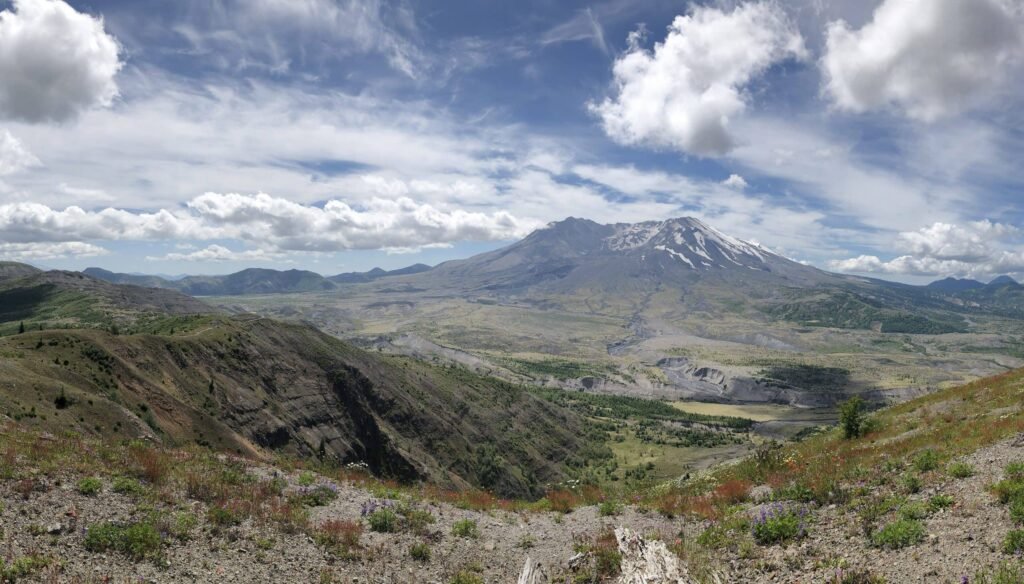
This image is property of beccajeanphotography.com.
Visitor Facilities and Amenities
To ensure a comfortable and enjoyable visit to Mount St. Helens, it’s essential to be aware of the visitor facilities and amenities available in the area. From dining options to restroom facilities, these resources make exploring the volcano and its surroundings more convenient and accessible.
Finding food and accommodations near Mount St. Helens
While there are limited food options within Mount St. Helens National Volcanic Monument, there are several dining establishments located in nearby towns and communities, such as Castle Rock and Cougar. These options offer a range of cuisines and dining experiences, allowing you to refuel and satisfy your hunger after a day of exploration.
In terms of accommodations, there are various options available near Mount St. Helens. From hotels and motels to campgrounds and vacation rentals, you can find a place that suits your preferences and budget. It’s advisable to make reservations in advance, especially during peak tourist seasons, to secure your preferred accommodation.
Restrooms and picnic areas
To ensure a comfortable visit, restrooms and picnic areas are available at various locations throughout the Mount St. Helens National Volcanic Monument. These amenities provide visitors with the opportunity to take a break, have a picnic, and enjoy the serene surroundings.
It’s important to practice Leave No Trace principles and dispose of waste appropriately to help preserve the natural beauty of Mount St. Helens. Respect the environment and ensure that you leave the area as pristine as you found it.
Conclusion
Exploring Mount St. Helens from Vancouver, Washington, offers a plethora of opportunities to delve into the natural wonders and geological marvels of this iconic volcano. Whether you choose to drive or take public transportation, there are convenient options to reach the area.
From visiting the informative visitor centers and observatories to hiking the various trails or climbing to the summit, there is something for everyone at Mount St. Helens. The surrounding wilderness also provides opportunities for wildlife sightings, photography, outdoor recreation, and learning about the volcanic history.
So, grab your camera, put on your hiking boots, and embark on an unforgettable adventure to Mount St. Helens. The stunning beauty, unique landscapes, and rich history of this remarkable volcano await your exploration. Start planning your trip today and prepare to be amazed by the wonders that Mount St. Helens has to offer.
Happy exploring!
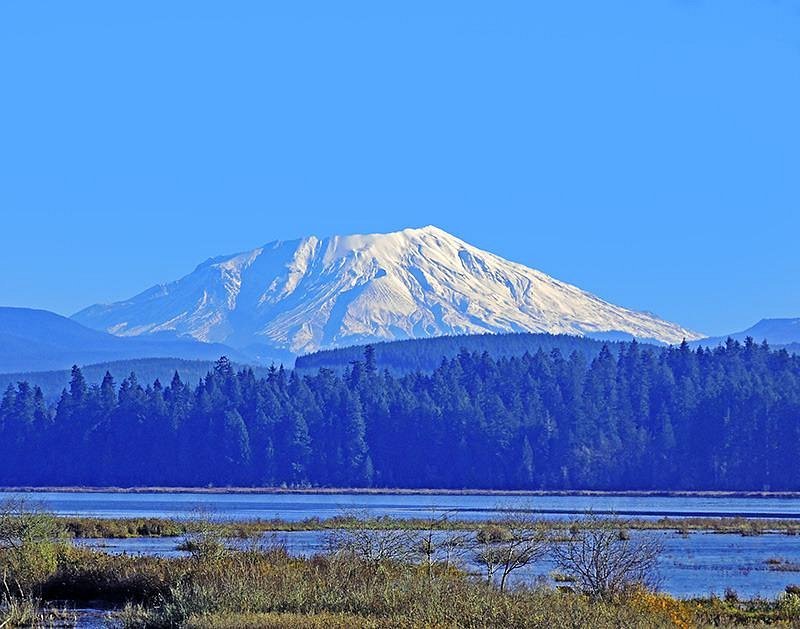
This image is property of dynamic-media-cdn.tripadvisor.com.
You May Also Like

Driving from Portland Oregon to Vancouver: A Time Estimate
11 January 2024
Can I Visit Fort Vancouver National Historic Site
5 August 2023
